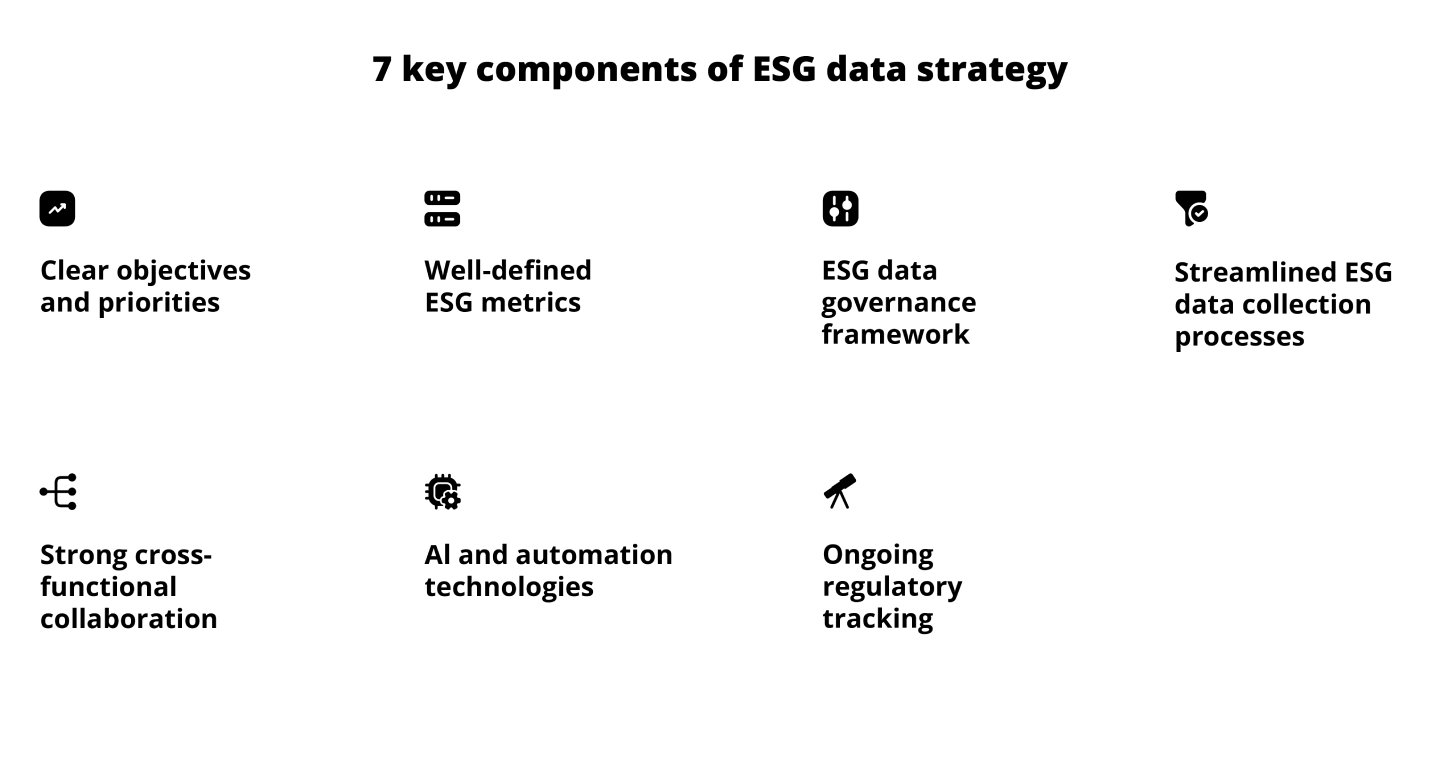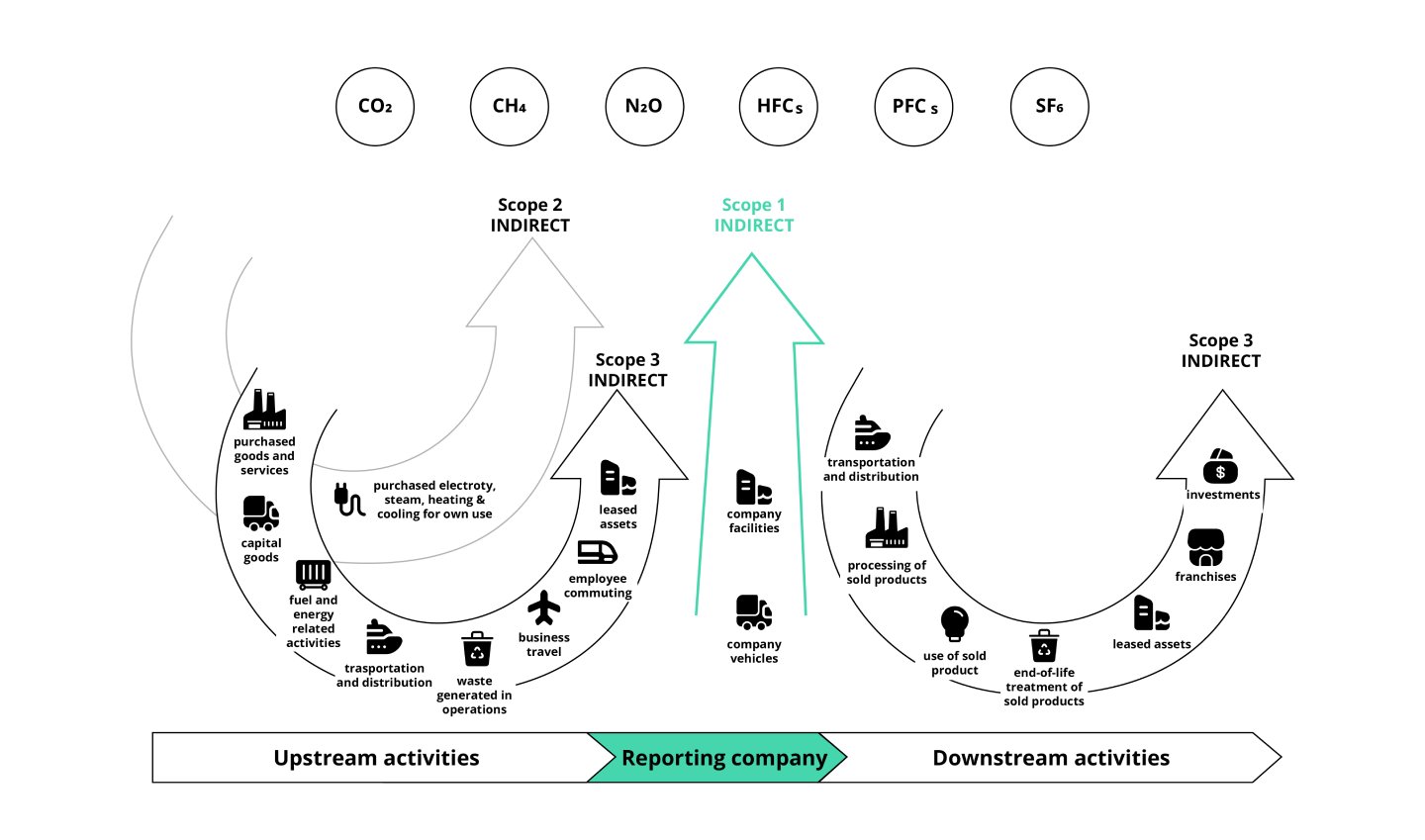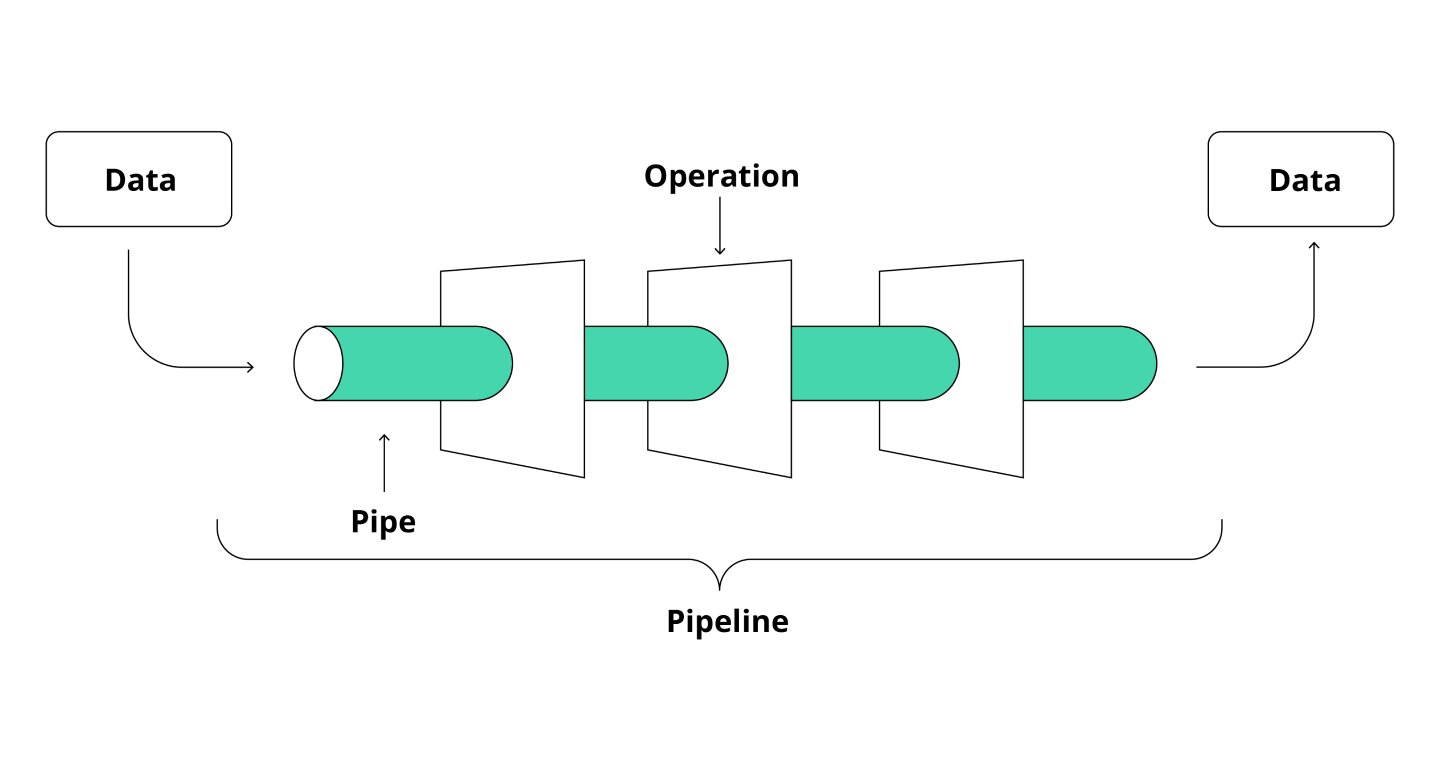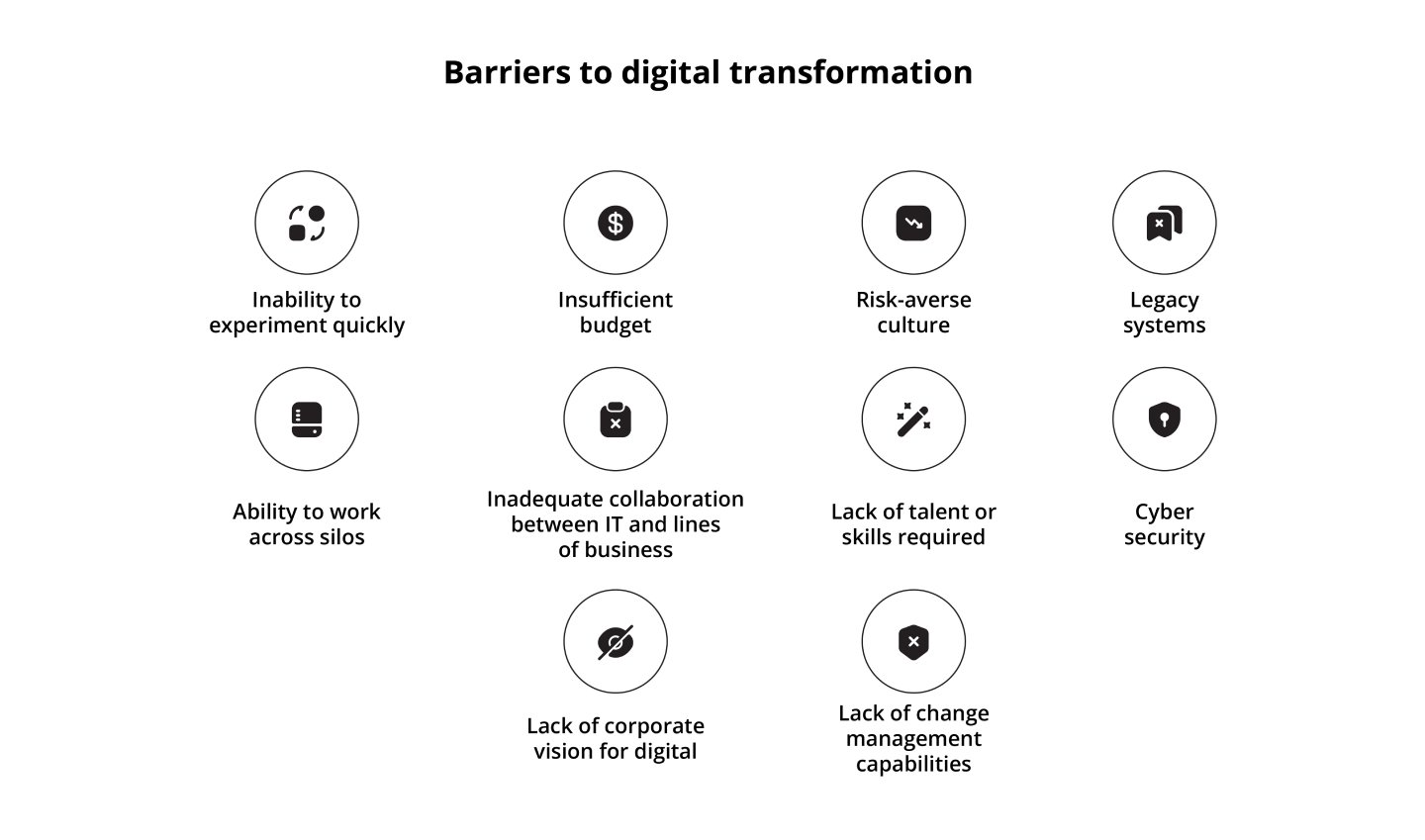McKinsey reports that investors will pay a premium for companies that clearly tie sustainability efforts to financial performance, but few companies do enough to show their environmental, social, and governance (ESG) work. To prove your ESG program is generating results, you need a robust ESG data strategy.
While some companies turn to third-party data providers to assess their ESG risks and performance, Intellias advocates for a custom technology solution that keeps you in control. After all, your ESG data management processes need to align with internal goals as well as external expectations. The Intellias team has years of data strategy consulting expertise, and we’re committed to helping companies like yours address their unique needs.
Read on to learn the ins and outs of engineering the ESG data strategy your company needs to reduce regulatory risk and align with frameworks like the Global Reporting Initiative (GRI), SASB Standards, and the EU’s Corporate Sustainability Reporting Directive (CSRD).
How does your data strategy relate to ESG?
Let’s back up a bit. What is data management, and what does it have to do with ESG?
Data management is the full-lifecycle process of collecting, organizing, storing, and maintaining data for decision-making and reporting. In the context of ESG, data management takes on an even more specialized role. ESG data management focuses on environmental, social, and governance metrics that are necessary for regulatory compliance, stakeholder transparency, and progress toward sustainability goals.

Source: GHG Protocol
This table provides an overview of how the focus of an ESG data strategy differs from that of a traditional data strategy:
| Traditional Data Strategy | ESG Data Strategy | |
|---|---|---|
| Purpose | Improve operational efficiency, profitability, and decision-making | Align with sustainability goals, ensure compliance with ESG regulations, and drive transparency through ESG data management |
| Data Types | Business data, financial data, customer data, market trends | Environmental KPIs including CO2 emissions, energy consumption, waste management, and water use
Social KPIs including workforce diversity, employee turnover rates, and health and safety incidents Governance KPIs including board structure, board diversity, executive compensation, and anti-corruption policies |
| Key Metrics | Revenue, cost per acquisition, customer satisfaction, churn and retention rates | Carbon footprint, diversity statistics, governance policies, and other ESG-specific KPIs |
| Stakeholders | Primarily internal (finance, operations, marketing teams) | Broader range including regulators, investors, NGOs, and the public who rely on ESG data governance for transparency |
| Reporting | Financial reports, operational dashboards | ESG disclosures, sustainability reports (such as those aligned with the GRI, SASB, or TCFD frameworks) |
| Compliance Focus | Data privacy laws (such as the GDPR and CCPA) | ESG frameworks (for example, GRI, SASB, and TCFD) and sustainability regulations emphasizing the need for ESG data management |
| Tools Used | BI tools, ERP systems, CRM software | ESG tracking platforms, real-time emissions monitoring, sustainability analytics, and ESG data governance tools |
7 key components of an ESG data strategy
Building a framework for an ESG data strategy is more complex than other data strategy projects. When you’re establishing a data strategy for ESG, regulatory compliance, cross-functional data integration, and transparency take center stage. That’s because ESG demands alignment with evolving regulations and accountability with regulators and other stakeholders. An ESG data strategy calls for real-time, high-quality data across environmental, social, and governance domains.
These seven key components are the building blocks of an ESG data strategy:

1. Clear objectives and priorities
Your ESG data strategy objectives will guide what ESG data you collect and how you use it. The first step is to determine which requirements apply to your organization, such as the EU’s CSRD or California’s Scope 3 emissions reporting requirements under the Climate Corporate Data Accountability Act (CCDAA). Then, define and prioritize explicit goals such as complying with specific rules, providing stakeholder transparency, or driving sustainability initiatives.

Source: EPA
2. Well-defined ESG metrics
To set the right KPIs for achieving your ESG objectives, you’ll need to know what to measure. ESG metrics should align with regulatory requirements, stakeholder expectations, and long-term business strategies. Stakeholder confidence in your company’s ESG efforts depends on clear, forward-looking metrics tied to both business success and financial performance.
3. ESG data governance framework
A strong governance framework ensures data integrity and security. Develop policies and structures for managing ESG data, including data ownership, access controls, privacy standards, and quality assurance.
4. Streamlined ESG data collection processes
Accurate ESG reporting hinges on consistent ESG data collection. Build an ESG data model that outlines how different types of ESG-related data will be captured, processed, and integrated within an organization’s broader data ecosystem.

5. Strong cross-functional collaboration
Foster collaboration between departments to integrate ESG data across various functions. ESG data typically spans multiple areas of the business, so coordination is essential to create a unified strategy.
6. AI and automation technologies
Automation reduces errors and enhances efficiency, especially with the large volumes of data required for ESG compliance. Incorporate advanced artificial intelligence (AI) and machine learning (ML) technologies to automate ESG data collection, validation, and reporting.
7. Ongoing regulatory tracking
Since ESG regulations are constantly emerging and evolving, your ESG data strategy needs to keep up. Establish a regulatory tracking program to stay up to date with industry data standards and legal obligations that apply to your organization’s ESG data and reporting.
What are the main challenges of implementing an ESG data strategy?

Any data strategy project carries challenges, and ESG data can be particularly complicated. Here are five common challenges that companies are looking to overcome when they choose to get help from Intellias in building their ESG data strategy:
1. Low data quality
Protecting data quality across environmental, sustainability, and governance data sources is challenging. Intellias can help build the validation and processing systems necessary to maintain data integrity and reduce risk.
2. Functional silos
ESG data is often scattered across various departments. Data silos limit collaboration and lead to fragmented processes. A unified cloud system can help to unsilo data, integrating data streams and creating better visibility into ESG data.
3. Resistance to upgrading legacy IT
Many companies rely on outdated IT infrastructure that’s missing the necessary capabilities to support the increasing complexity of ESG data management. To build a robust modern ESG reporting system, you’ll have to overcome objections and upgrade legacy systems to more flexible, scalable platforms.
4. Process traps
Integrating ESG data strategies into existing workflows can lead to overly complex or inefficient processes, especially when the organization lacks the appropriate tools and infrastructure. We work with companies to ensure their ESG data strategies are well-aligned with business operations and avoid redundant steps that slow down reporting.
5. Lack of ESG expertise
Since ESG is still an emerging practice, most teams don’t have in-house experts in ESG data management. But without ESG experience, it can be hard to measure ESG metrics, align with regulatory frameworks, and effectively communicate progress to stakeholders – and 76% of investors want assurance that practitioners have this experience. Intellias provides expertise and training to help bridge this knowledge and skills gap.
6 essential success factors in an ESG data strategy
The success of your ESG data strategy hinges on your company’s ability to adapt to evolving regulations and manage compliance risk with real-time insights. We’ve identified six success factors that support winning ESG data programs:

1. Organizational buy-in and collaboration
ESG data initiatives can’t stand alone. Their success depends on the commitment of all individuals who touch ESG-related processes and data. Make sure to effectively communicate the importance of ESG compliance to the success of the business. Identify ESG data stakeholders, set up cross-functional teams, and establish clear communication channels.
2. Culture of accountability
An effective ESG data strategy depends on having the right information in a usable format. According to PwC, 94% of investors think corporate reporting contains at least some unsupported sustainability claims. In this environment, it’s not just about the quality of ESG data – it’s also about creating the transparency necessary to back up your claims. An organizational commitment to governance and compliance is a necessary foundation for an ESG data governance framework that supports transparency.
3. Proactive and flexible approach
ESG data collection and reporting requirements will change as regulations emerge and evolve. To reduce risk, establish a regulatory tracking program and stay ahead of anticipated developments rather than waiting for changes and scrambling to catch up. An agile mindset and flexible ESG data strategy will put you in a good position to update ESG data collection and reporting practices as standards evolve.
4. Unified and scalable data infrastructure
ESG data flows in from sources across the company: financial systems, environmental sensors, supply chains, and HR systems. It’s important to create a single source of truth with seamless integration of all relevant data types into a unified data architecture. Successful organizations avoid data silos and align everyone with a cohesive ESG data model.
Cloud infrastructure’s flexibility and machine learning capabilities make it easier to manage increasing volumes and complexity of ESG data and analytics. Cloud-based enterprise data management also reduces the risk of redundancy and data silos, improving accessibility for all stakeholders and ensuring consistently high quality of ESG data.

5. Stakeholder engagement and transparency
Engaging internal and external stakeholders in ESG data processes and being transparent about how data informs ESG decisions will increase the credibility of your ESG program and, by extension, your whole organization. Transparency about your ESG obligations, activities, and reporting will go far in gaining the trust of investors, customers, and regulators.
6. Integration of AI and automation
Forward-thinking companies take full advantage of AI and machine learning capabilities to stay ahead of the curve. Using AI to automate ESG data collection, categorization, and analysis saves an incredible amount of time and effort. Predictive analytics can identify risks and opportunities on the horizon, and new AI technologies and use cases are emerging all the time.
Our company’s experience: Building an ESG data solution
Data-driven approaches can enhance ESG data management, especially in sectors like transportation. For example, Intellias helped a leading European mobility service provider engineer a sustainability analytics platform to reduce its carbon footprint.
The solution’s data dashboards and fleet operations reports give the company real-time insights into vehicle performance, fuel consumption, and CO2 emissions, allowing the client to monitor and adjust their operations and helping them reduce emissions to meet climate neutrality goals while cutting fuel and maintenance costs. These insights also support data-driven storytelling to share about successful emission reduction efforts with stakeholders.
For companies new to ESG data management, the lesson here is to start with targeted solutions, such as workshops or discovery phases, to identify immediate data needs. From there, build scalable systems that collect real-time data to track progress toward sustainability goals.
Read more about an ESG data strategy in transportation for reducing CO2 emissions.
How to get started with your ESG data management strategy
Managing ESG data can be complex. But with the right approach and some outside assistance, the challenges are manageable – and the results are well worth the effort.
A strong ESG data strategy helps you prove your ESG efforts, reducing regulatory risks and satisfying stakeholders. By defining clear objectives, collaborating across the organization, and leveraging technologies like AI and cloud-based infrastructure, you can streamline your ESG processes and meet evolving expectations and regulatory requirements.
At Intellias, we specialize in helping companies navigate ESG challenges. Whether you’re just starting your ESG efforts or refining your ESG data management strategy, our team can help craft a custom solution that fits your unique needs.
Reach out to us to learn how we can support you on your ESG journey.

